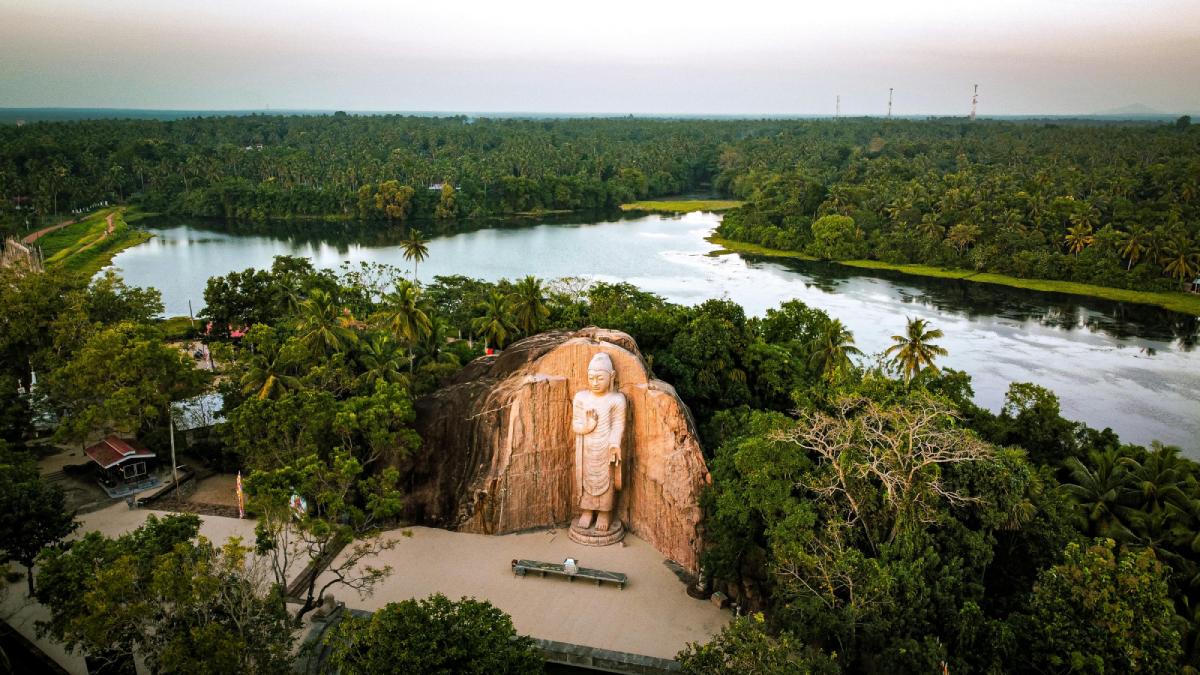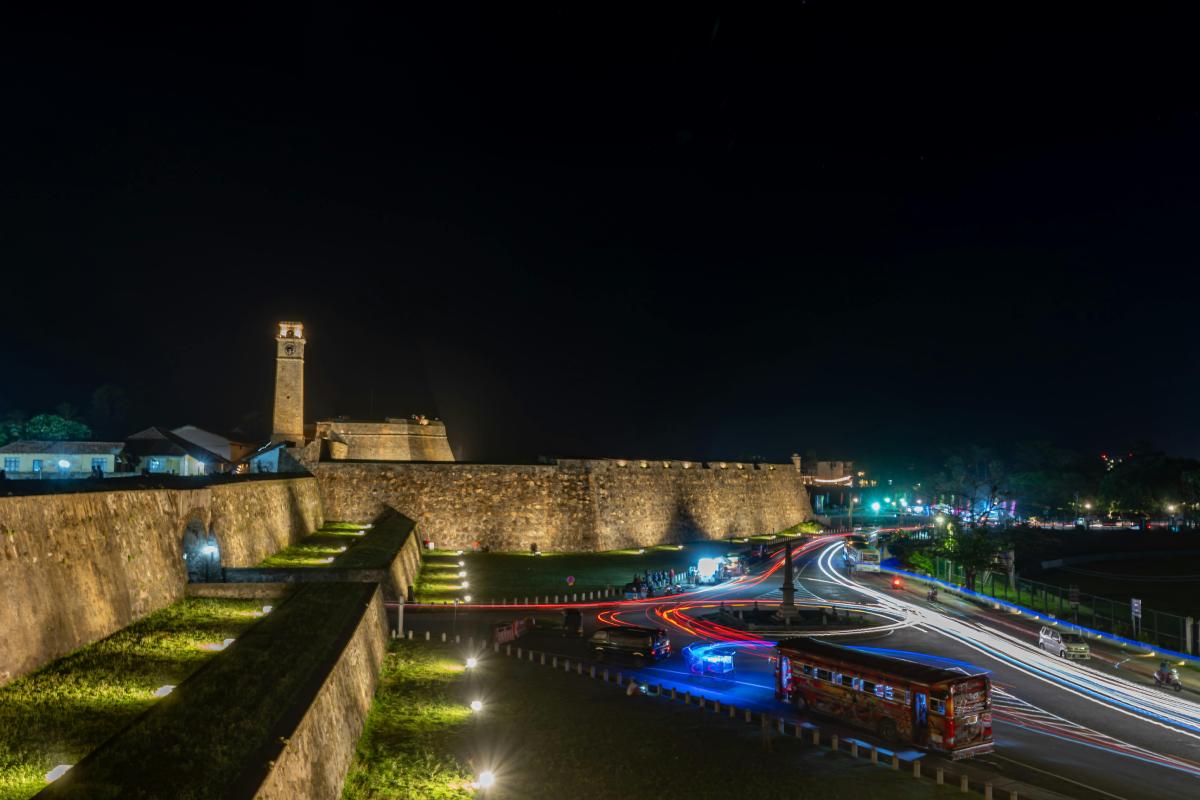Cultural Festivals in Sri Lanka
Sri Lanka, the teardrop-shaped island in the Indian Ocean, is a land of vibrant cultural diversity, rich traditions, and spectacular celebrations. Known for its warm hospitality and cultural heritage spanning over 2,500 years, the island nation offers travelers an array of festivals that showcase its unique blend of Buddhist, Hindu, Muslim, and Christian influences. If you’re planning a visit to Sri Lanka in 2025, here’s a comprehensive guide to the cultural festivals you absolutely shouldn’t miss.
Thai Pongal (January 14-15, 2025)
Thai Pongal is a significant harvest festival celebrated by the Tamil community in Sri Lanka. Taking place in mid-January, this four-day celebration honors the sun god and expresses gratitude for a successful harvest.
The highlight of Thai Pongal is the preparation of “pongal,” a sweet rice dish cooked in clay pots until it overflows—symbolizing abundance and prosperity. Homes are decorated with colorful kolam patterns made from rice flour, and cattle are adorned with painted horns, bells, and flower garlands during “Maatu Pongal,” a day dedicated to honoring the animals that help farmers.
Where to experience it: The northeastern and eastern provinces, particularly in Batticaloa and Trincomalee, offer authentic Thai Pongal celebrations. In Colombo, the Tamil neighborhoods also host vibrant community celebrations.
Navam Perahera (February Full Moon, 2025)
While less famous than its Kandy counterpart, the Navam Perahera held at the Gangaramaya Temple in Colombo is equally spectacular. Taking place during the February full moon, this procession features more than 50 ornately decorated elephants, traditional dancers, drummers, and fire performers.
The procession winds through the streets surrounding Beira Lake, creating a magical atmosphere as the full moon reflects off the water. The elephants are adorned in elaborate costumes, with the leading tusker carrying a casket believed to contain a sacred relic.
Where to experience it: Gangaramaya Temple, Colombo. Arrive early to secure a good viewing spot along the parade route.
Sinhala and Tamil New Year (April 13-14, 2025)
Perhaps the most widely celebrated festival in Sri Lanka, the Sinhala and Tamil New Year (Aluth Avurudda) marks the end of the harvest season and the beginning of the new year according to the traditional calendar. Unlike instant New Year celebrations elsewhere, this is a gradual transition marked by specific auspicious times determined by astrologers.
Families engage in rituals such as lighting the hearth, preparing milk rice, exchanging money, and anointing heads with herbal oil. Traditional games like pillow fights, coconut cracking, and climbing greased poles create a carnival atmosphere in villages across the island.
Where to experience it: The New Year is celebrated nationwide, but rural villages offer the most authentic experience. The Galle district in the south and the cultural triangle area (Anuradhapura, Polonnaruwa, Sigiriya) host vibrant community celebrations.
Vesak (May Full Moon, 2025)
Vesak is the most important Buddhist festival, commemorating the birth, enlightenment, and passing of Lord Buddha. For two days during the May full moon, the entire island transforms into a wonderland of light and color.
Streets, homes, and temples are adorned with lanterns and colorful lights. Temporary structures called “pandals” tell Buddhist stories through illuminated panels and are true works of art. Free food and drink stalls called “dansal” spring up everywhere, embodying the Buddhist spirit of giving.
Where to experience it: Colombo and Kandy are transformed during Vesak, with elaborate pandals and lantern competitions. The sacred city of Anuradhapura hosts special ceremonies at its ancient stupas.
Poson (June Full Moon, 2025)
Poson marks the arrival of Buddhism in Sri Lanka in the 3rd century BCE. Second only to Vesak in importance for Sri Lankan Buddhists, this festival centers around Mihintale, the mountain where Buddhist emissary Mahinda is said to have converted King Devanampiyatissa to Buddhism.
Pilgrims dressed in white climb the 1,840 steps to the summit of Mihintale, and the surrounding area comes alive with food stalls, makeshift markets, and illuminations. Like Vesak, Poson features lanterns, pandals, and dansal, though on a smaller scale.
Where to experience it: Mihintale is the epicenter of celebrations, but Anuradhapura also hosts significant events. The white stupas illuminated against the night sky create unforgettable vistas.
Esala Perahera (July-August, 2025)
Often called the Festival of the Tooth, the Esala Perahera in Kandy is undoubtedly Sri Lanka’s most famous cultural spectacle. This 10-day festival features nightly processions honoring the sacred tooth relic of Buddha, housed in the Temple of the Tooth (Sri Dalada Maligawa).
The grand procession includes over 100 ornately decorated elephants, thousands of dancers, drummers, whip-crackers, torch-bearers, and stilt walkers. The highlight is the majestic Maligawa Tusker, who carries the golden casket containing the tooth relic. The final night (Maha Perahera) is the most spectacular, with the procession lasting well into the night.
Where to experience it: Kandy. Tickets for seated viewing areas can be purchased, or you can join locals lining the streets. Book accommodation well in advance as the city fills up quickly.
Vel Festival (July-August, 2025)
The Vel Festival is the most important Hindu celebration in Colombo, honoring Lord Murugan. The festival begins when the deity’s vel (spear) is carried from the Pettah Kathiresan Kovil to the Bambalapitiya Kathiresan Kovil in an ornate chariot pulled by devotees.
The procession features musicians, dancers, and devotees performing acts of self-mortification to demonstrate their faith. Many carry kavadi—elaborate structures decorated with peacock feathers and attached to the body with hooks. The atmosphere is a mixture of reverence, excitement, and spectacle.
Where to experience it: The procession route runs from Sea Street in Colombo’s Pettah district to Bambalapitiya along Galle Road.
Kataragama Festival (July-August, 2025)
The Kataragama Festival is a remarkable example of religious syncretism in Sri Lanka. While primarily a Hindu festival dedicated to God Skanda (also known as Lord Murugan), it attracts devotees from Buddhist, Muslim, and indigenous Vedda communities as well.
The two-week festival includes nightly processions, fire-walking ceremonies, and various demonstrations of devotion. Pilgrims walk hundreds of kilometers from across the island to participate. The blend of different religious traditions makes this a uniquely Sri Lankan experience.
Where to experience it: Kataragama sacred city in the southeastern corner of the island. The remote location adds to the pilgrimage experience.
Nallur Festival (August-September, 2025)
The Nallur Festival is the longest and most important Hindu festival in Jaffna, running for 25 consecutive days. It honors Lord Murugan at the historic Nallur Kandaswamy Temple, one of the most significant Hindu temples in Sri Lanka.
Daily rituals and processions take place throughout the festival, with different chariots and forms of the deity being paraded on different days. The Ther Thiruvizha (chariot festival) on the 24th day draws the largest crowds. Devotees dressed in yellow and red create a sea of color around the massive wooden chariot.
Where to experience it: Nallur Kandaswamy Temple in Jaffna, Northern Province.
Diwali/Deepavali (November 2025)
The Festival of Lights is celebrated by the Hindu Tamil community in Sri Lanka with traditional fervor. Homes are cleaned, oil lamps are lit, new clothes are worn, and sweet treats are prepared and shared. The festival symbolizes the triumph of light over darkness and good over evil.
Where to experience it: Hindu areas in Colombo, Batticaloa, Trincomalee, and especially Jaffna come alive during Diwali with illuminations and festivities.
Duruthu Perahera (December Full Moon, 2025/January 2026)
The Duruthu Perahera at the Kelaniya Raja Maha Vihara commemorates Buddha’s first visit to Sri Lanka. Similar to other peraheras, it features elephants, dancers, and drummers in a colorful procession. What makes this event special is the historical significance of the Kelaniya temple, believed to be one of the three places in Sri Lanka that Buddha visited.
Where to experience it: Kelaniya Temple, just outside Colombo.
Planning Your Festival Visit
Practical Tips
- Accommodation: Book well in advance, especially for major festivals like Esala Perahera or Vesak.
- Transportation: Public transportation can be crowded during festivals. Consider hiring a private driver or using ride-sharing services.
- Dress code: Modest clothing is required when visiting temples. Cover shoulders and knees, and be prepared to remove shoes.
- Weather considerations: The monsoon affects different parts of the island at different times. The southwest experiences monsoon from May to September, while the northeast monsoon runs from October to January.
- Cultural sensitivity: Always ask permission before photographing ceremonies or participants. Some rituals may be sacred and photography might not be welcome.
Combining Festival Visits with Other Experiences
Sri Lanka’s compact size makes it possible to combine festival attendance with other experiences:
- After Vesak in Colombo, head to the central highlands for tea plantations and cooler weather.
- Combine the Kataragama Festival with wildlife safaris in nearby Yala National Park.
- Pair the Nallur Festival with exploration of the historic Jaffna Peninsula and its islands.
- After Thai Pongal in the east, enjoy the beautiful beaches of Trincomalee or Passikudah.
Conclusion
Sri Lanka’s cultural festivals offer travelers a window into the soul of this diverse island nation. Beyond the tourist brochures of beaches and ancient ruins lies a living culture that celebrates its heritage through these vibrant events. By timing your visit to coincide with one or more of these festivals, you’ll gain deeper insights into Sri Lankan traditions and create memories that will last a lifetime.
Whether you’re watching hundreds of elephants parade through torch-lit streets, joining pilgrims on their sacred journeys, or simply savoring the festive sweets prepared during celebrations, Sri Lanka’s festivals engage all the senses and leave an indelible impression on visitors. In 2025, don’t just visit Sri Lanka—experience it through its magnificent cultural celebrations.
Submit your review | |


